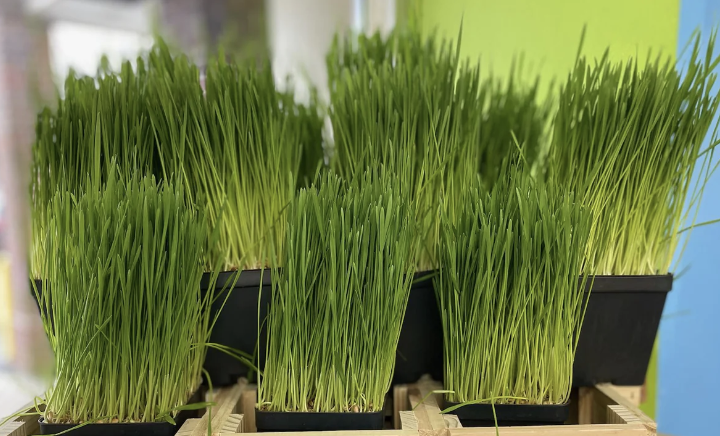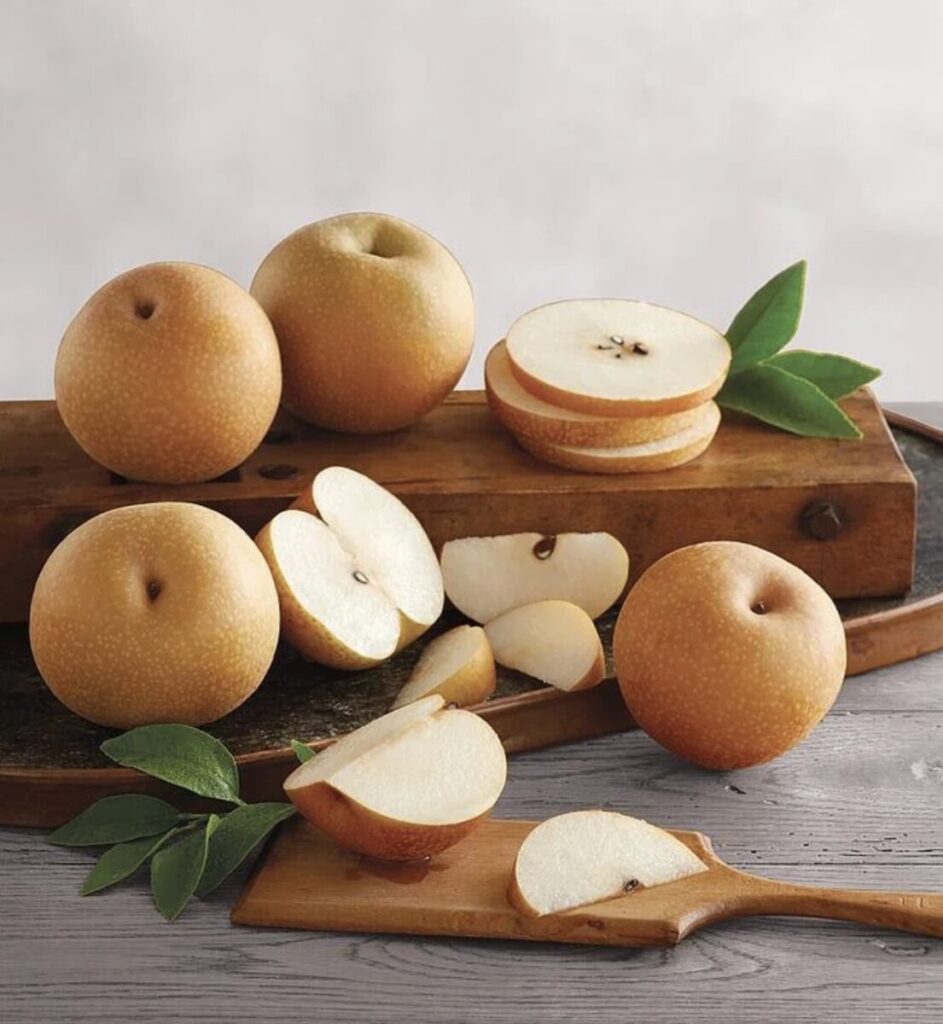As I decided to visit the greenmarket during the fall at Union Square in NYC, I had made some simple observations on the different cultures and backgrounds around me. Additionally, the way people would make conversation with the farmer was intriguing because when you go to a simple supermarket you just pick and go about your day but instead you get to talk and even find out different ways to cook your product or vegetables. The greenmarkets can be found anywhere depending on the area that you are in, most can be found during the morning or afternoon but will be gone by the evening. Greenmarkets are beneficial to low-income families because they have the liberty to ask questions go to another market is one doesn’t meet their expectations. As I kept walking around and having to pass by people, I stopped at a stand checked out Wheatgrass, it’s something I’m not used to seeing at the supermarket or really looked out for, I usually eat Cilantro. As I observed wheatgrass some more, it is simply just fresh sprouted leaves from the wheat plants. They come in either cut or still in the soil to continue growing them. They are naturally beneficial for one’s health, either if you’re sick, trying to lose weight, or to be remain healthy overall. You can eat them but will mostly taste better in your drinks, smoothies, juices. Even sometimes substitute as a meal because it can remove appetite to some. Wheatgrass in even used as a primary ingredient in a global brand called, “BLOOM”. Which demonstrates how impactful wheatgrass is to many people.







